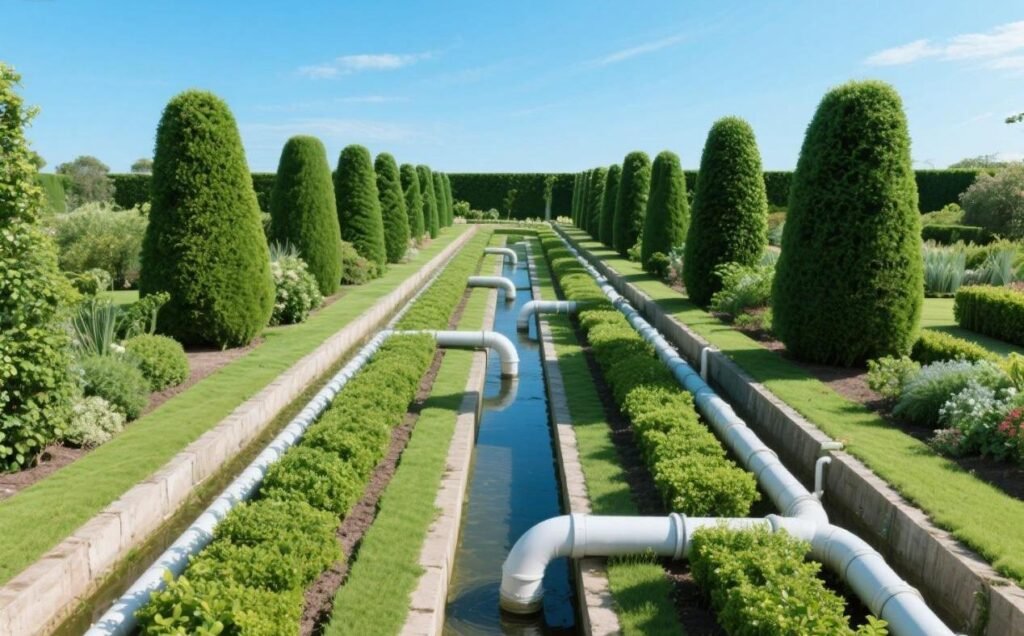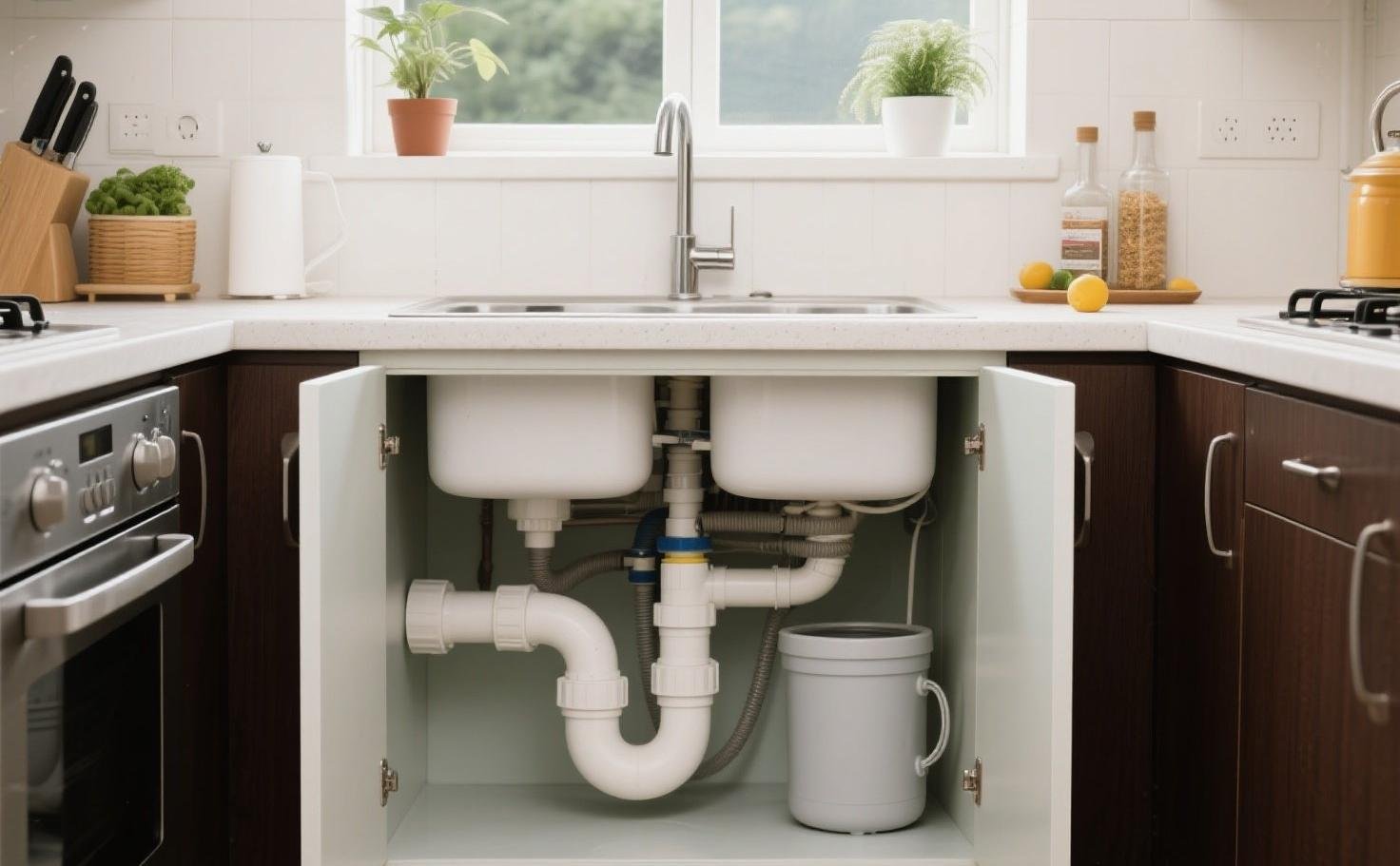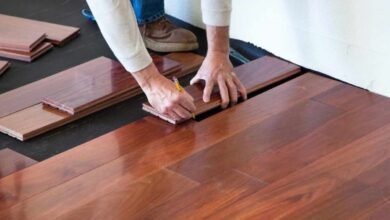Effective drainage systems are essential for modern infrastructure. They manage wastewater and protect public health. A critical component of these systems is sewerage pipe fittings. These small but vital parts connect pipes. They change direction and regulate flow. Understanding their role is key to building reliable drainage networks. Proper sewerage pipe fittings ensure system integrity.
In this article
Understanding Sewerage Pipe Fittings
Sewerage pipe fittings are components used to join sections of sewerage pipe. They are designed to create a watertight seal. This prevents leaks and maintains system efficiency. Their purpose is to adapt the pipe layout to specific needs. This includes navigating around obstacles or branching the system.
Common types of sewerage pipe fittings include:
- Elbows: These pipe fittings change the flow direction, commonly including 45 and 90 degrees. PVC elbows are often found in drainage pipes. They are necessary for corners and turns.
- Tees: Tee fittings have three openings. They are used to split a pipe run into two directions. They create a “T” shape, which lets a branch line link up with a main line.
- Couplings: Couplings join two pipe sections together in a straight line. They help to lengthen a pipe run or fix a damaged part. They provide a secure and leak-proof connection.
- Reducers: Reducers connect pipes of different sizes. A pipe reducer allows a larger pipe to connect to a smaller one or vice versa. This helps transition flow rates or adapt to existing pipework.
These sewerage pipe fittings are available in different materials. Popular choices are PVC, ABS, cast iron, and clay. The material chosen depends on where it will be used and local building regulations. PVC and ABS work well in homes and small businesses. Cast iron tends to be favoured in industrial setups because it is strong and lasts longer.

Applications of Sewerage Pipe Fittings
Sewerage pipe fittings are used in many different settings. They are fundamental to any system that manages liquid waste or water flow.
- Residential Plumbing Systems: Every house depends on sewerage pipe fittings. These connect to the drainage systems of sinks, showers, and toilets. They move wastewater to either a septic system or the main sewer. Proper drain pipe fittings help prevent blockages and backups inside homes.
- Commercial and Industrial Drainage Systems: These systems process higher volumes and possibly more aggressive waste. Sewerage pipe fittings need to last long in these situations. Factories, restaurants, and large commercial setups often rely on industrial options like PVC. These fittings handle strong pressure and resist chemical damage.
- Irrigation Systems: Although mainly for water distribution, irrigation systems also employ these sewerage pipe fittings. They are used to manage and divert excess water. Fittings like elbows and tees are common in agricultural and landscape irrigation.
Choosing the right sewerage pipe fittings is essential to ensure these systems work. Wrong fittings can cause leaks, clogs, or even make the system fail.

Installation and Maintenance Tips
Installing sewerage pipe fittings properly is key to making them last and work. Bad installation might cause expensive fixes later.
- Proper Selection: Always choose fittings appropriate for the specific use. Consider the type of waste, flow rate, and pressure. Check if the material works well with the pipes and surroundings. Remember to consult local plumbing codes and standards.
- Installation Guidelines: Follow manufacturer instructions carefully. Ensure pipe ends are clean and smooth before joining. Use appropriate solvent cement or sealant for the material. Make sure joints are fully seated and aligned. Allow sufficient curing time for adhesives. Support pipes adequately to prevent stress on fittings.
- Routine Maintenance: Sewerage pipe fittings don’t need much maintenance, but it’s smart to do regular inspections. Check the joints closely for leaks or signs of rust. Address minor issues promptly to prevent major problems. Avoid pouring grease or strong chemicals into drains. These substances may harm pipes and connections over time. Clean your drain openings often to stop clogs that put stress on the system.
Spending time to install and maintain it helps the drainage system last longer. It lowers the chance of expensive and messy breakdowns.
Conclusion
Sewerage pipe fittings are indispensable components of drainage infrastructure. They enable the safe and efficient movement of wastewater. From residential plumbing to industrial applications, their correct selection and installation are paramount. Reliable sewerage pipe fittings ensure systems function as intended.
For dependable sewerage pipe fittings that meet high standards, consider LESSO America. Their range of products offers reliable solutions for various drainage needs, contributing to durable and efficient systems.











